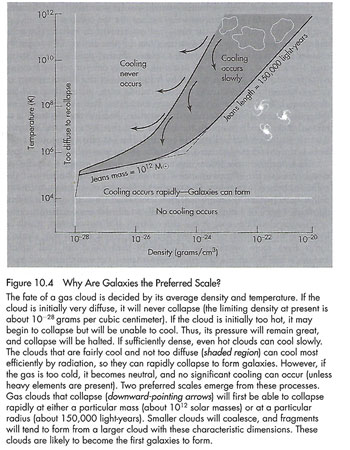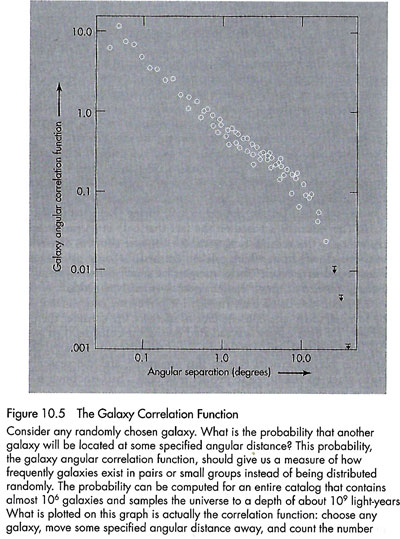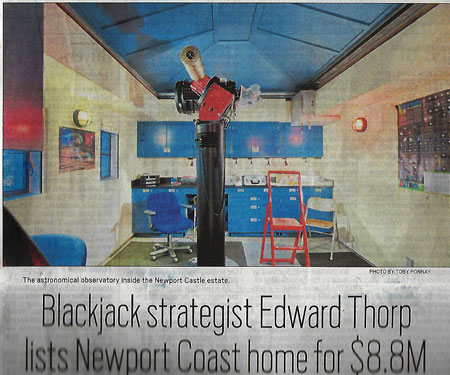Well, the launch of the crewed Dragon spaceship has been scrubbed due to weather, now scheduled for Saturday, May 30 at 12:22 pm on the west coast, but we can report on the Venus-Mercury Conjunction and some cancelled meetings, but the summer AAS meeting is virtual, and end up with some big bang astrophysics and a home observatory for sale.
First up though we shouldn't lose track of some of the simple things we can see in the night sky. Gravity Guy and Part Time Las Vegan, Ken, had sent a note reminding us of the conjunction of Venus and Mercury. So, its outside with my lightweight, flimsy tripod and within 5 minutes got this shot of the conjunction with background trees. Thanks for the heads up and reminder, Ken!
 |
| Conjunction of Venus and Mercury, DSLR, 105 mm, 1 second (Source: Palmia Observatory) |
In other news, the pandemic cancelled our Ukraine river cruise. So, normally, we would have been packing our bags for this trip which included a stopover in Transylvania to search for vampires. It looks like they will be safe from our prying eyes! We have elected to use our refund from this cruise for a different cruise in January that starts in Puerto Rico, with a tour of the Arecibo Observatory, and then though the Caribbean, up the Amazon River and back.
 |
| COVID-19 cancelled our search for Dracula and Dnieper River Cruise (Source: Viking Cruises) |
Time will tell if this Caribbean cruise will actually go or not. We have also experienced so many other cancellations of conferences and meetings, for physicist wannabes, that we had hoped to attend just like we have done many times in the past. But these are not normal times, so it will be sometime before we can pose in front of displays, like at this previous AAS meeting.
 |
| Attending meetings, like this AAS meeting, is not easy now (Source: Palmia Observatory) |
Likewise, I had hoped to have been able to follow up on renewable energy status at the Wind Power 2020 conference, but this too has been cancelled. No more do I get to be the "I" in Wind!
 |
| Can't be the "I" in Wind 2020 meeting this year either (Source: Palmia Observatory) |
Now, both of these virtual meeting as scheduled for the first week in June and I'l have to chose. Hmm, I am now more in tune with astronomy so I'm going to check out the 236th AAS meeting which will be held on line. The format for this meeting looks really exciting because it seems you have a wide choice of which venue you can click on to attend. You can easily go from the plenary session, to separate technical sessions, on to the exhibit hall and then back to the poster session, all with just a click of your mouse. No more, hustling by foot to get to the next session!
 |
| AAS 2020 virtual meeting allows point and click to visit venues (Source: aas236.vfairs.com) |
While we wait for that meeting to start on June 1, let's review again this topic of the initial rotation of galaxies that comes up during their formation. We first started this discussion in the May 15, 2020 blog post. This time, I found some more information in a great little classical book, "The Big Bang" by astronomical icon Joseph Silk. Although this book is a little dated; its 3rd edition came out in 2001, it is chock full of easy discussion of all aspects of what happened after the big bang. It is a very enjoyable read, which for me means I might get through more than the first couple of dozen pages!
 |
| Pretty good easy to read book on the big bang (Source: J. Silk, "The Big Bang", 2001) |
Recall because of the conservation of angular momentum principle, when a gas cloud begins to contract based on gravitational attraction, it will spin faster. The initial rotational velocity will be random and quite small, but will increase around an axis of rotation that in some sense is just in the direction of the very slight initial rotation. Professor Silk has more discussion of this and also explains that the collapse of the gas clouds is not anything like spherical symmetry.
 |
| Gas clouds collapse to pancake structures (Source: J. Silk, "The Big Bang", 2001) |
There is more discussion about the interplay between conservation of angular momentum and the continuous collapse due to gravity. The angular velocity inhibits the continuing collapse unless the gas cloud can shed energy. This shedding of energy is a form of cooling and the energy is radiated away out of the cloud, which then enables the continuing collapse of the gas clouds to the pancake structures observed today. The amount of cooling is determined by other astrophysical processes, including the density of the gas cloud, as shown in the diagram below.
 |
| Astrophysical processes set the preferred scale for galaxies (Source: J. Silk, "The Big Bang", 2001) |
Since these astrophysical processes are expected to operate uniformly throughout the universe, we expect measurements of galactic scale to demonstrate this effect. In the diagram below, Silk explains how the characteristic scale of galaxies is set and why galaxies seem to be arranged in clusters. The most common galactic scale is 30,000 light year in diameter, sort of just like the Milky Way. Also, the odds are if you spot on galaxy in your survey, there will be other galaxies nearby.
 |
| The galaxy correlation function discovered with large surveys (Source: J. Silk, "The Big Bang", 2001) |
Ok, enough astrophysics, let's dream a little bit. For all of you nighttime observers, like me, that don't have a permanent telescope setup and have to drag your scope out each time you want to look at the sky, this just available home might be just right for you. Yes, you can drive to your favorite night spot or setup remote control in New Mexico, or wherever, this Newport Coast home might be the ideal location. Ok, ok, it is not in that dark of a night sky, but, wow, just being able to go onto the observatory floor, in your PJ's, if you choose, and activate the roll off roof, that is really living! It has over 8000 square feet of space, but only 4 bedrooms, so that kind of limits the size of your star parties. Ok, ok, it is not in the darkest of sky locations. Anyway, save your dollars by not buying that latest eyepiece and check out going for this best permanent setup!
 |
| Why drive to Anza, or elsewhere, when this could be your observatory? (Source: OC Register, 5/24/20) |
Until next time, here from our burrow, stay safe, but it's time to recover more of our freedom,
Resident Astronomer George
Be sure to check out over 400 other blog posts on similar topics
If you are interested in things astronomical or in astrophysics and cosmology
Check out this blog at www.palmiaobservatory.com

No comments:
Post a Comment